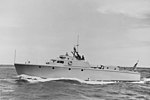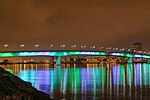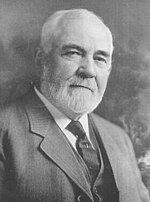KLBP-LP
2018 establishments in CaliforniaCalifornia radio station stubsCommunity radio stations in the United StatesLow-power FM radio stations in CaliforniaRadio stations established in 2018 ... and 2 more
Radio stations in CaliforniaRadio stations in Los Angeles
KLBP-LP (99.1 FM) is a radio station licensed to serve the community of Long Beach, California. The station is owned by Long Beach Community Television and Media Corporation, and airs a community radio format. The station was assigned the call sign KLBP-LP by the Federal Communications Commission on January 26, 2016. The station changed its call sign to KRNF-LP on April 3, 2017, and back to KLBP-LP on September 13, 2017
Excerpt from the Wikipedia article KLBP-LP (License: CC BY-SA 3.0, Authors).KLBP-LP
Pier F Avenue, Long Beach
Geographical coordinates (GPS) Address Nearby Places Show on map
Geographical coordinates (GPS)
| Latitude | Longitude |
|---|---|
| N 33.7497 ° | E -118.2125 ° |
Address
Pier F Avenue (West Panorama Drive)
Pier F Avenue
90802 Long Beach
California, United States
Open on Google Maps










